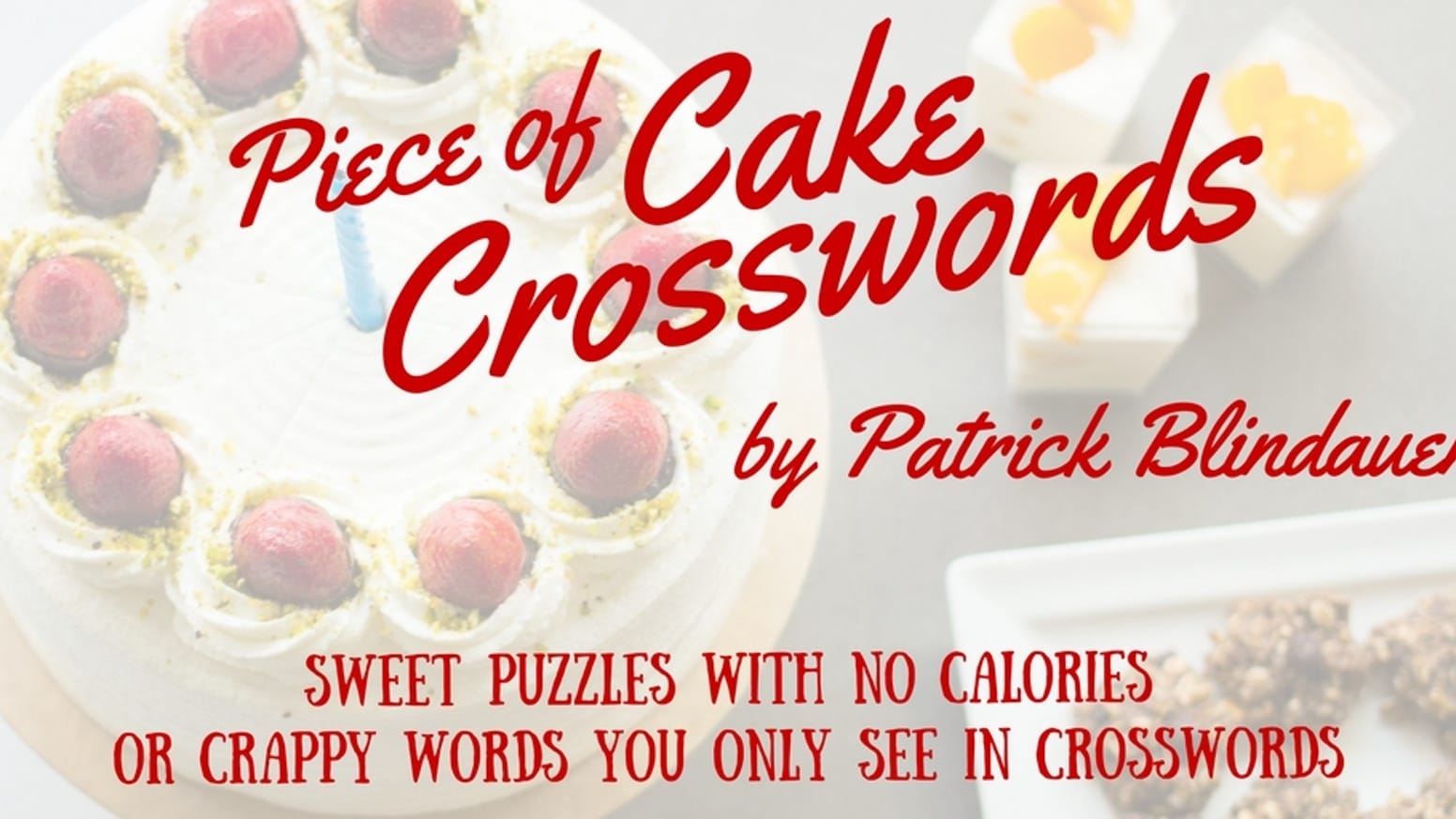Checkmate Your Crossword: Mastering Chess Piece Clues (With Examples!)
Decoding Chess Piece Clues in Crosswords
Crosswords frequently use clues related to chess pieces, which can be tricky for those unfamiliar with the game. This guide will equip you with the knowledge to confidently solve these clues.
Chess Piece Basics
Just like in a real game, recognizing the six chess pieces is crucial:
- King: The most important piece, the goal is to checkmate (trap) the opponent’s king.
- Queen: The most powerful piece, moving horizontally, vertically, or diagonally any number of squares.
- Rook: Moves horizontally or vertically any number of squares.
- Bishop: Moves diagonally any number of squares, restricted to squares of the same color.
- Knight: Unique “L-shaped” movement: two squares in one direction (horizontally or vertically), then one square perpendicular to that direction.
- Pawn: Moves one square forward (or two squares on its first move), but captures diagonally one square forward.
Understanding Crossword Clues
Chess piece clues often use “double definitions,” playing on words that relate to both chess and other concepts. For example:
- Clue: “Chess piece, or a bird.”
- Answer: ROOK (referring to both the chess piece and the type of bird)
Strategies for Success
- Count the Squares: The number of letters in the answer is a key hint.
- Think Strategically: Consider synonyms, chess terminology, and how the piece moves.
- Utilize Resources: Don’t hesitate to use online crossword solvers or dictionaries for assistance.
Unlocking “What are chess pieces called three letters?”
Many crossword puzzles use the clue “chess pieces” with a three-letter answer. The most common solution is “MEN.” This likely stems from chess’s historical connection to military strategy.
However, other possibilities exist, depending on the puzzle’s difficulty:
- KING: While technically five letters, some crosswords might abbreviate it.
- PAWN: Also five letters, but abbreviations or creative clueing could be at play.
Unlocking Alternate Names for Chess Pieces
Crosswords often employ synonyms or less common names for chess pieces. Here are some examples:
- Rook: “Castle” or “tower,” reflecting its historical representation.
- Bishop: Older texts might use “fool” or “jester,” perhaps referencing its diagonal movement.
- Knight: “Horse” or “jumper” are sometimes used, emphasizing its unique movement.
Unveiling the Standard Chess Piece Names
Chess pieces have specific names crucial for understanding and playing the game:
- King: The heart of your army. The game aims to trap the opponent’s king (checkmate).
- Queen: The most versatile piece, moving in any straight line (horizontally, vertically, or diagonally) for any number of unoccupied squares.
- Rook: Think of it as a powerful tower, moving horizontally or vertically any number of unoccupied squares.
- Bishop: Confined to squares of the same color, it moves diagonally any number of unoccupied squares.
- Knight: Known for its “L-shaped” move, it’s the only piece that can jump over others.
- Pawn: The front-line soldiers, they move forward but capture diagonally.
Important Takeaways
- Each piece has unique movement capabilities and strategic value.
- Mastering these names is fundamental to playing and enjoying chess.
- These names are generally consistent, though variations might exist in different languages or historical contexts.
Interested in learning more about various topics? Explore our articles on cheese vacherin and the count jazz legend nyt.
- Jerry McSorley’s Post-Divorce Life: New Beginnings - July 16, 2025
- The Rise and Fall of the New Haven Nighthawks: A Minor League Hockey Legacy - July 16, 2025
- Unlock Jerry McSorley’s Career Highlights: Eye Tax Inc.’s Solar Success - July 16, 2025

















2 thoughts on “Checkmate Your Crossword: Mastering Chess Piece Clues (With Examples!)”
Comments are closed.